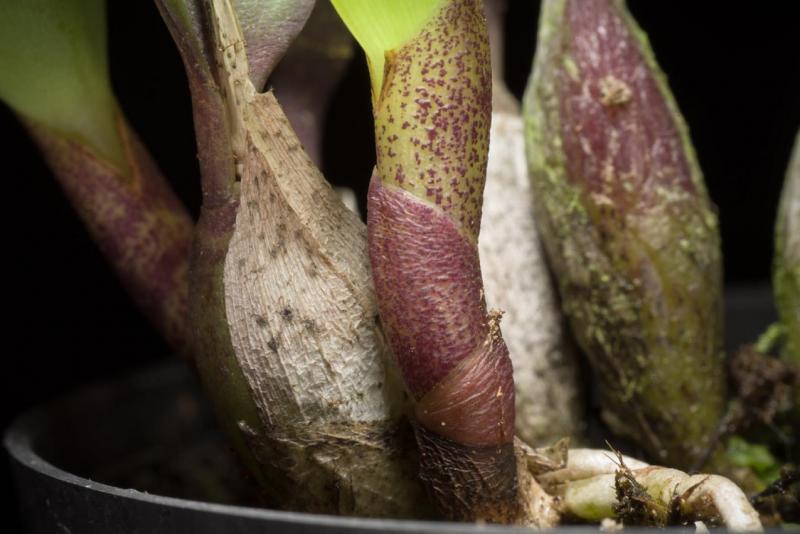Cattleya coccinea
Also known as: The Scarlet Sophronitis or Sophronia militaris Sophronitis coccinea ssp. coccinea Cattleya coccinea h.v. barboleta Sophronitis coccinea h.f. xanthochila Sophronitis coccinea ssp. orgaoensis Sophronitis coccinea h.f. aurea Sophronitis coccinea h.f. flava Sophronitis coccinea h.f. flavum Sophronitis coccinea h.f. rosea Cattleya coccinea h.f. aurea Sophronitis grandiflora h.f. rosea Cattleya coccinea h.f. flava Cattleya coccinea h.v. caraguatatuba Cattleya coccinea h.f. rossiteriana Sophronitis rossiteriana Sophronitis coccinea f. rossiteriana Sophronitis militaris Cattleya grandiflora Sophronitis coccinea h.v. lobbii Sophronitis coccinea h.v. grandiflora Sophronitis coccinea h.v. lowii Sophronitis coccinea h.v. pallens Sophronitis coccinea h.v. rossiterana Cattleya coccinea var. rossiteriana Sophronitis grandiflora Sophronitis coccinea h.v. pygmaea Sophronitis coccinea h.v. rossiteriana Sophronitis coccinea h.v. barboleta in the subfamily: Epidendroideae
General Information
The Scarlet Sophronitis is a cool to warm growing epiphytic orchid belonging to the sub family Epidendroideae.
Care Notes
These orchids have a fine root system that can quickly die back if left dry for too long, but also does not like to be kept wet, so water regularly but ensure that the mix is dry before watering.
Potting
These plants are quite forgiving and will do well repotted ever 2-3 years. The mix should be coarse, well draining, and allow space for air to move and for roots to grow.
Alternatively, these plants will also do well mounted to tree fern or cork slabs, or mounted to trees.
Best time for repotting or mounting the orchids is the end of winter when new growths start to appear. Avoid repotting during hot weather,





















